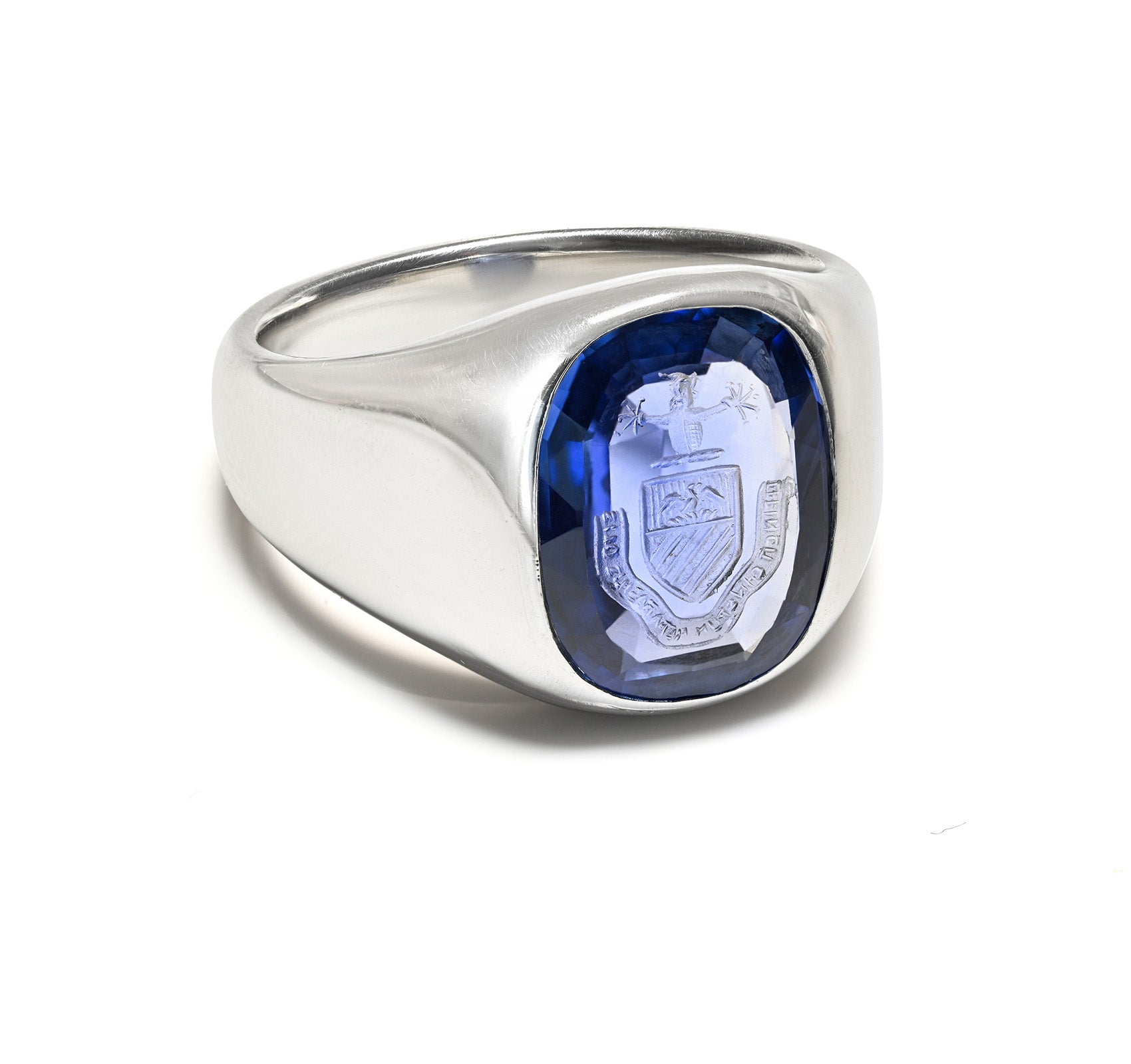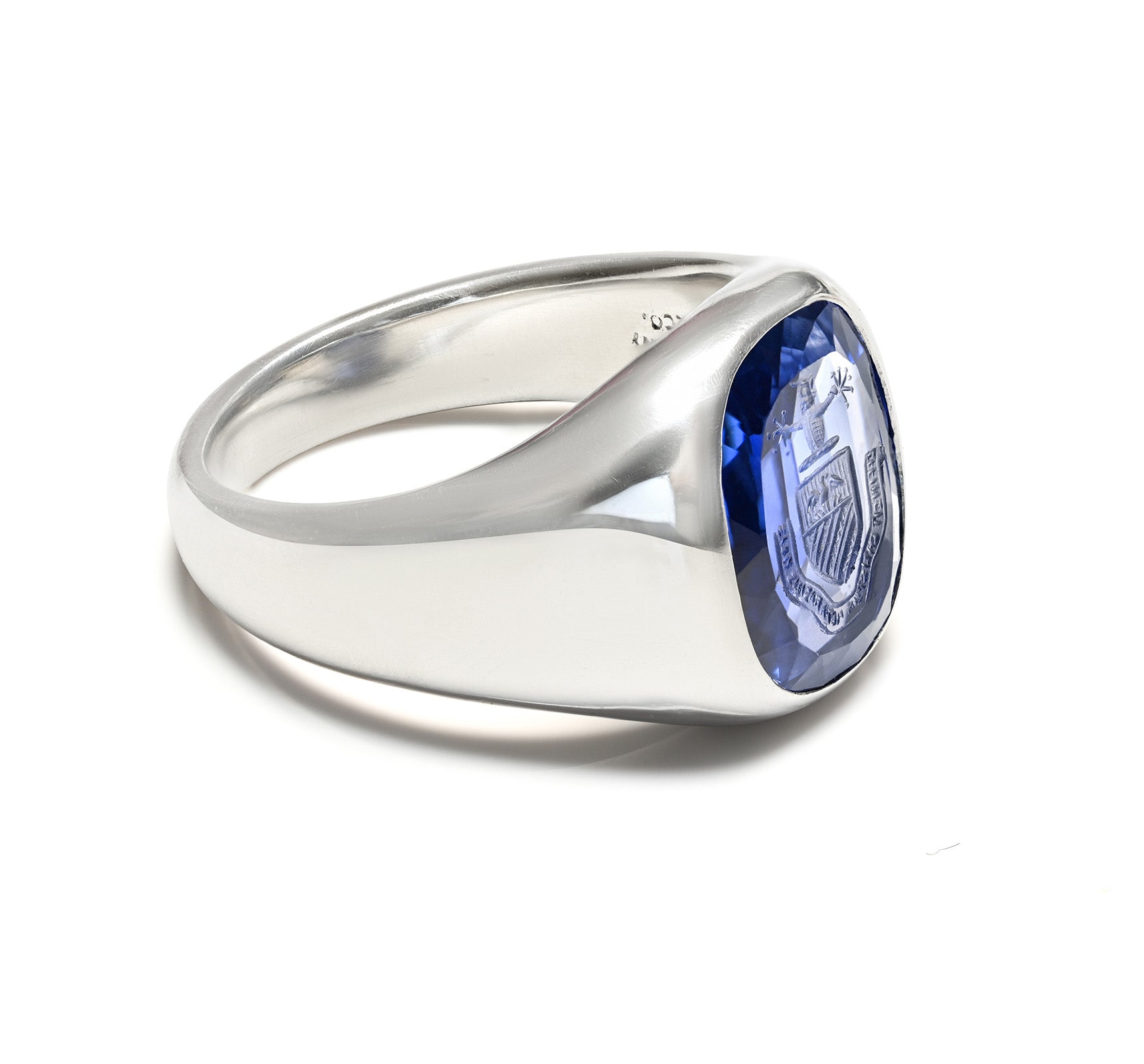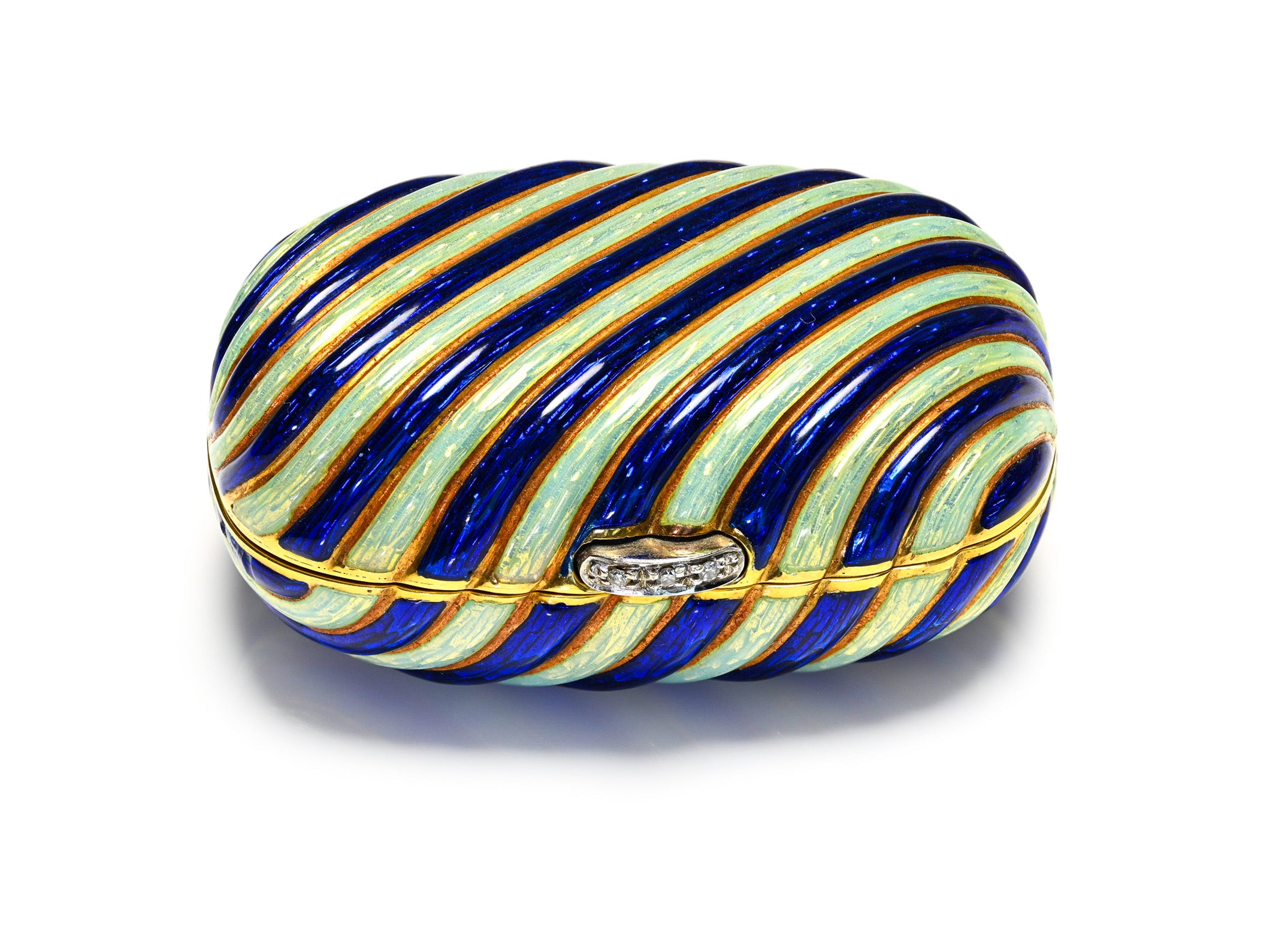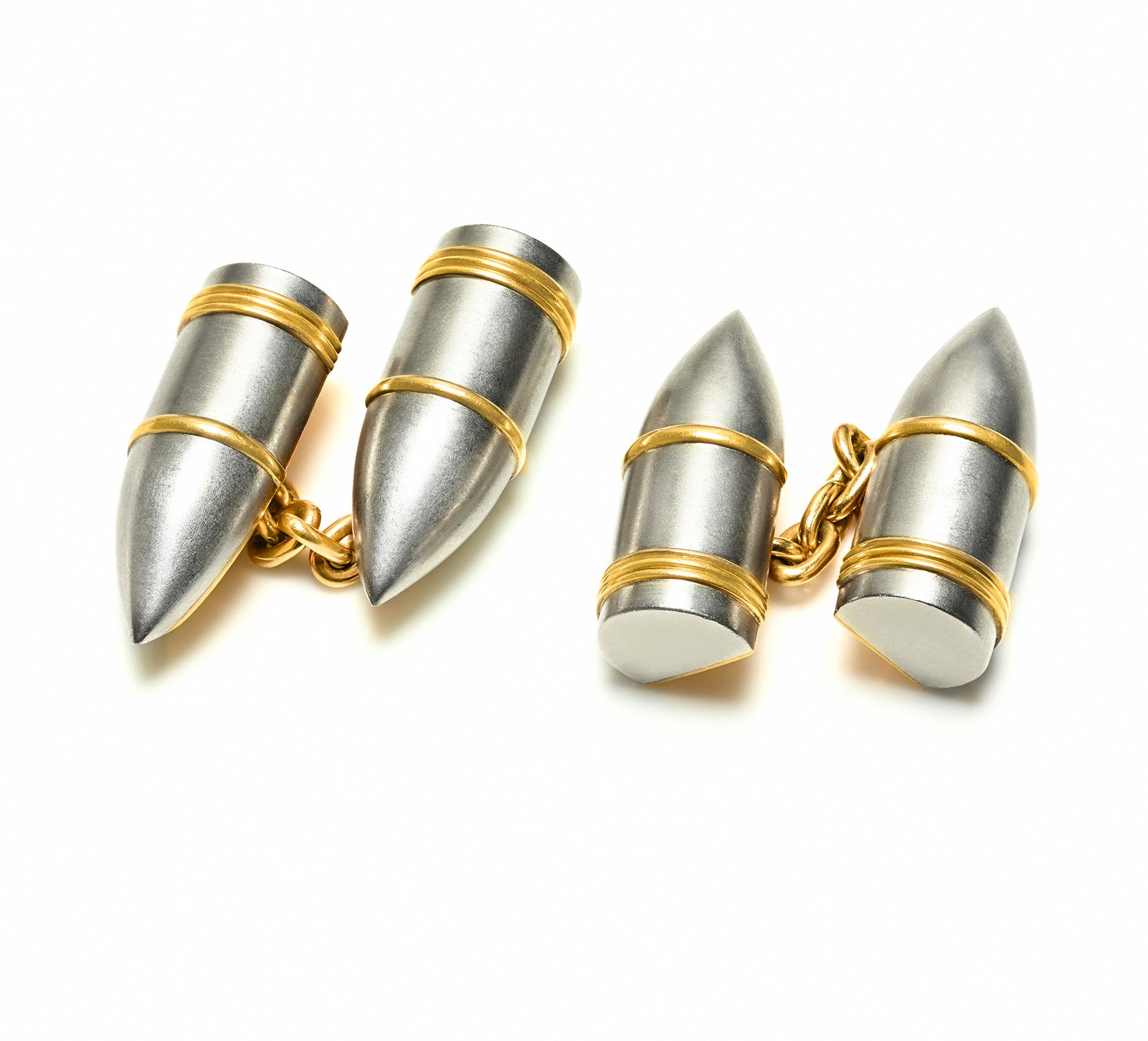
Tesla's Dream Of Ending War By Technological Means. Project "Peace Ray"
Nikola Tesla inherited a deep aversion to war from his father, so throughout his life, he sought to find a technological way to end all war.
Inventor, physicist, mechanical engineer, electrical engineer, and one of the most important promoters of commercial electricity, Nikola Tesla is considered one of the world's greatest scientists.
In 1931, Tesla announced at a press conference that he was on the verge of discovering a new source of energy. Asked about its nature, he explained, "The idea came to me as a great shock... At this point, I can only say that it will come from a completely new and unsuspected source."
The clouds of war were again darkening Europe. On July 11, 1934, the front page of the New York Times reported that Tesla was bringing a new "Death Ray." The article reported that the new invention, called "teleforce," would be capable of previously unsuspected things:
"Nikola Tesla, one of the truly great inventors, stands ready to divulge to the United States government the secret of his 'teleforce,' of which he said airplane motors would be melted at a distance of 250 miles, so that an invisible ‘Chinese Wall of Defense’ would be built around the country against any enemy attack by an enemy air force, no matter how large."
Project "Peace Ray" - Tesla Aspired To End All War
"This 'teleforce' is based on an entirely new principle of physics, that 'no one has ever dreamed about,' different from the principles embodied in his inventions relating to the transmission of electrical power from a distance, for which he has received a number of basic patents.
This new type of force, Mr. Tesla said, would operate through a beam one-hundred-millionth of a square centimeter in diameter, and could be generated from a special plant that would cost no more than $2,000,000 and would take only about three months to construct.
A dozen such plants, located at strategic points along the coast, according to Mr. Tesla, would be enough to defend the country against all aerial attacks. The beam would melt any engine, whether working on diesel or gasoline and would also ignite the explosives aboard any bomber. No possible defense against it could be devised, he asserts, as the beam would be all-penetrating."
The "Death Ray", or "Peace Ray" as Tesla called it, was based on four new inventions, two of which have already been tested, he claimed at the time. Thus, the development of the weapon required a mechanism to produce an impressive electrical force, using a huge vacuum pump to "draw" energy from the atmosphere, together with a method of amplifying this force.
The beam itself was designed using a mechanism based on a tremendous repelling electrical force, which could reach around 80 million volts. With such a huge voltage, microscopic electric particles of matter were propelled with astonishing speed.
What Happened With Tesla's Grand Plan
The press at the time called for the allocation of the necessary funds for Tesla's invention, claiming that the costs involved were much less than the money spent on conventional weapons.
The idea generated considerable interest and much controversy. Yet no one has rushed to fund it, somewhat paradoxically.
Three years later, in 1937, it was clear that war would soon erupt in Europe, and Tesla was already disappointed and frustrated that his attempts to generate interest and funding for his weapon had failed, so he decided to send an elaborate technical paper to a number of allied nations, including the United States, Canada, England, France, the Soviet Union, and Yugoslavia.
Entitled "The New Art of Designing Non-Dispersive Concentrated Energy Through the Natural Environment", the paper provided the first technical description of what is now called a charged particle stream weapon.
Of all the countries that received Tesla's proposal, the greatest interest came from the Soviet Union. In 1937 Tesla submitted a design of his weapon to a Soviet firm based in New York, and two years later, in 1939, tests were carried out in the USSR with at least one of the mechanisms described by Tesla, who subsequently received a check for $25,000.
Tesla hoped that his invention could be used for purely defensive purposes and thus become a kind of anti-war machine. The great scientists also envisioned peacetime applications for his "Peace Ray", one of which was wireless power transmission over long distances. Another radical notion proposed was to heat portions of the upper atmosphere to light up the night sky - an artificial aurora borealis.
Whether Tesla's idea was ever taken seriously we can still speculate. Although most experts today consider his idea impossible, it bears a striking resemblance to the charged particle beam weapon developed by both the United States and the Soviet Union during the Cold War.
Although during his lifetime the US government showed little interest in Tesla's ideas, upon his death FBI agents collected all of his documents and some of them were sent to Patterson Air Force Base in Ohio, where "Project Nick" was started, a secret project that the US government never released details of.


















